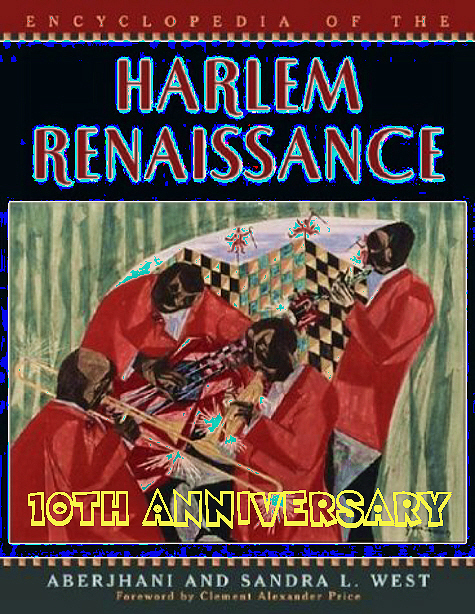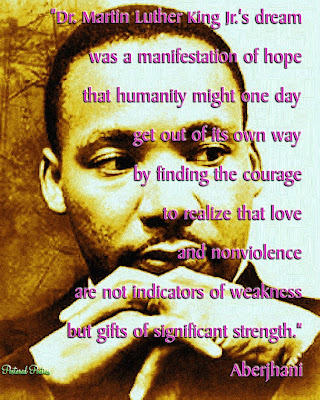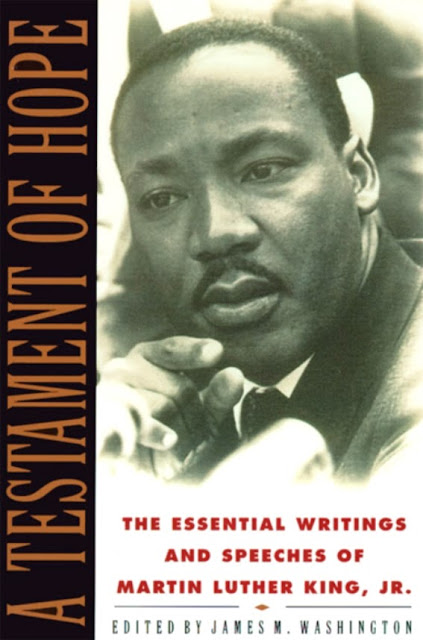Text and Meaning in Encyclopedia of the Harlem Renaissance (part 1 of 3) - National African-American Art | Examiner.com

(10th Anniversary digital graphic for Encyclopedia of the Harlem Renaissance by Postered Poetics based on original cover design by Facts on File with art by Jacob Lawrence .) “The story of African Americans was crafted anew into a poignant commentary on individual and group progress under great pressure, a story that over time became one of the most compelling of American narratives.” ––Dr. Clement Alexander Price September 2013 represents the landmark 10th anniversary of the publication of the groundbreaking Encyclopedia of the Harlem Renaissance (Facts on File, 2003) co-authored by educator Sandra L. West and featuring a foreword by Dr. Clement Alexander Price, founder and director of the Institute on Ethnicity, Culture, and the Modern Experience at Rutgers University, Newark Campus, New Jersey. Almost seemingly as if in honor of that event, on August 29 President Barack Obama announced his intent to appoint Dr. Price to the position of Vice Chairman of the Adviso

